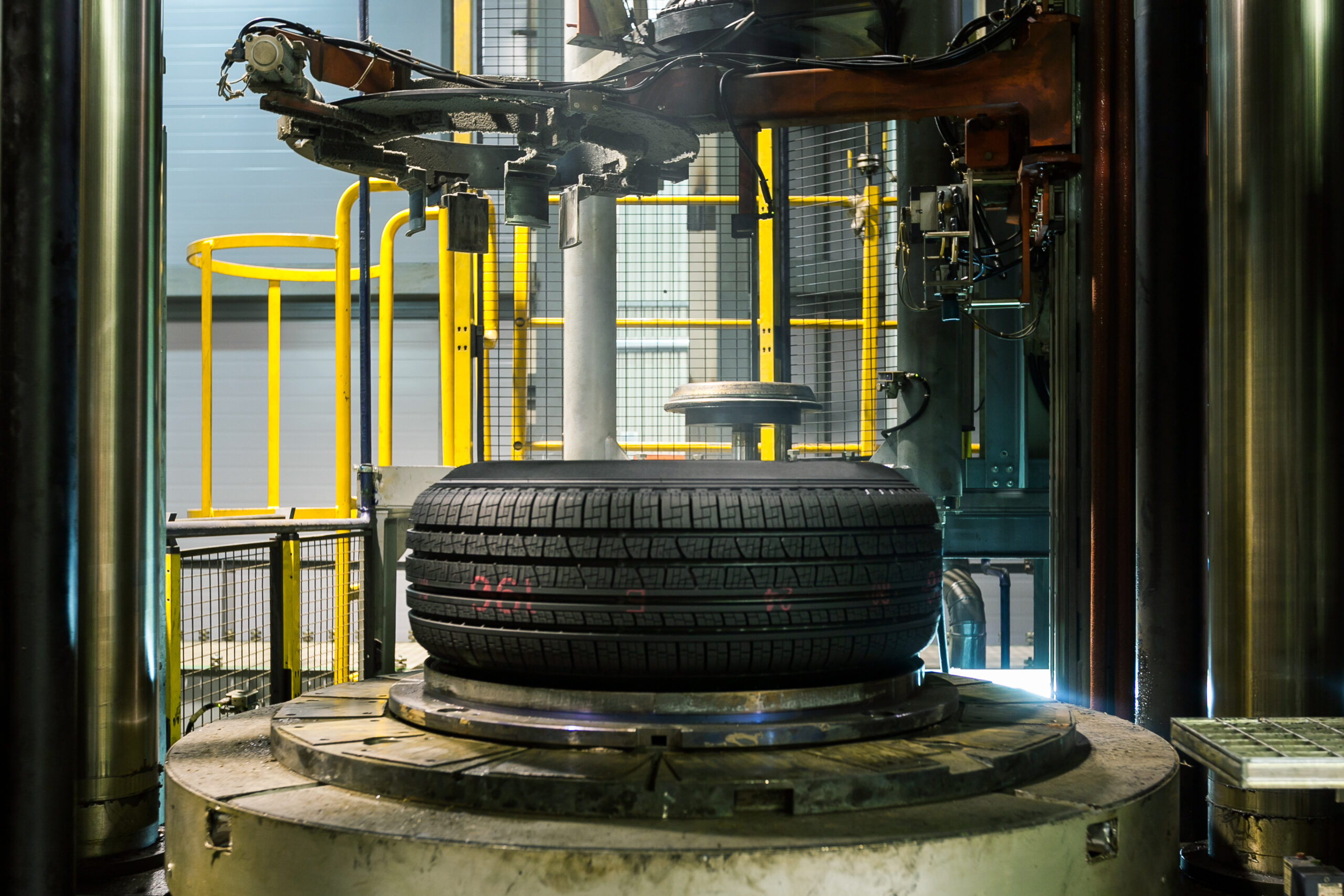
When the internal combustion engine is phased out and zero-emission electric vehicles rule the road, we’ll still have tires. Lots of tires. After all, there is no substitute for the tire as we know it today — and these everyday objects are more complex than you might think. Of course we’re all familiar with the outer tread made from synthetic and natural rubber, but tires also include other components made with a variety of materials, including steel, nylon, polyester and rayon.
The component-rich nature of tires serves to improve their longevity and performance. But their complexity makes it all the more important to understand the potential human health and environmental impacts associated with their lifecycle — particularly as the number of vehicles on the road increases, topping the 1 billion mark for the first time in 2009. According to some estimates, this figure could hit 2 billion within 15 years.
With the potential for rising demand — and corresponding impacts — in mind, back in 2005 a group of leading tire company CEOs set out to study a range of tire lifecycle issues on an organized basis.
The idea gave birth to the Tire Industry Project. Organized as a voluntary collaboration under the umbrella of the World Business Council for Sustainable Development (WBCSD), the group’s membership is currently comprised of 11 major tire companies and co-led by Bridgestone, Goodyear and Michelin.
With the assistance and work of independent consultants and advisors, TIP conducts original research and deploys analytic tools of its own invention. In addition to disseminating results to members, TIP shares information with government agencies, other research institutions and the general public.
Research driven by CEOs
TIP member companies account for more than 60 percent of the global tire industry. Through scheduled biennial meetings, participating CEOs select research topics based on potential human health and environmental impacts within the tire lifecycle. They also consider how TIP can fill existing knowledge gaps with original, scientific research.
“The main role of TIP is to generate knowledge and science related to human health and environmental impacts,” Director Anne Cécile Rémont told TriplePundit. “TIP came from CEOs who realized that if they mutualized their efforts, it would be more efficient, and they would achieve a much greater impact.”
Challenges for the tire industry
TIP research bears that out. One of the initial projects involved identifying the most commonly used chemicals in tire manufacturing and assessing their current and potential regulatory status. The work resulted in a short list of chemicals that needed additional analysis.
In another early project, TIP discovered a void of science-based knowledge around the topic of particles generated by tires on the road. When TIP started its research, there was not even a science-based consensus on what the particles look like, how to collect samples, and how to evaluate them. The dearth of information on what are now known as tire and road wear particles (TRWP) led TIP to multiple research projects that continue to have significant impact on the research community, as attention turns to microplastics in the ocean and other emerging issues.
“TIP started looking into understanding TRWP, how they are formed, what they look like, and what they are made of, in order to be able to recognize them and understand any potential impacts on human health and the environment,” Rémont explained.
So far, the group’s research indicates that TRWP are unlikely to negatively impact human health and the environment, and that few TRWP are likely to reach the ocean. But the project created a greater understanding of where the particles do settle before degradation — namely, along roadsides and, to a lesser extent, in freshwater sediment, which could lead to a holistic approach to prevent TRWP from entering the environment.
From science to action
From the initial focus on topics including the chemicals used in tire manufacturing, and tire wear, TIP has recently widened its scope to engage in broader sustainability issues tied to the tire industry’s increasing use of natural rubber.
Natural rubber is, of course, biodegradable and renewable, but it comes with its own set of challenges. “Natural rubber mainly comes from Southeast Asia, and 85 percent comes from smallholder farmers. Its production has been associated with a range of issues, including deforestation and [poor] working conditions,” Rémont told TriplePundit.
In 2017, the CEOs of TIP agreed to support the formation of the Global Platform for Sustainable Natural Rubber (GPSNR), a multi-stakeholder organization focused on socioeconomic and environmental factors across the natural rubber value chain. “We have been proactive in terms of looking for solutions, establishing an organization, creating benchmarks and performing a full lifecycle assessment,” Rémont said.
In an update earlier this year, GPSNR outlined the scope of its mission, noting that the organization “recognizes the need to work toward economic sustainability within the natural rubber industry, ensuring that the earnings of millions of smallholders and farmworkers are enough for them to enjoy a decent standard of living.”
The sustainable tires of the future may be closer than you think
Further research into tire manufacturing chemicals and TRWP will continue this year and next. The coalition will also move stakeholder engagement around end-of-life tire management forward, having recently published an updated global state of knowledge report on the management of tires at end-of-life. And it will develop a SDG Sector Roadmap, with the aim of articulating how the tire industry can work to support the U.N. Sustainable Development Goals.
In the coming months, in partnership with TIP, we’ll take a closer look at each of these stages of the tire lifecycle, what the industry is doing to understand potential impacts, and how the sustainable tires of the future are taking shape. You can follow the series here.
This article series is sponsored by the Tire Industry Project and produced by the TriplePundit editorial team. Members of the Tire Industry Project (in alphabetical order) are Bridgestone, Continental, Cooper Tire, Goodyear, Hankook, Kumho Tire, Michelin, Pirelli, Sumitomo Rubber, Toyo Tires, and Yokohama Rubber.
Image: Manuel Mena/Unsplash
This article was originally published at TriplePundit.com
Link to article: https://www.triplepundit.com/story/2020/sustainable-tires/708816








